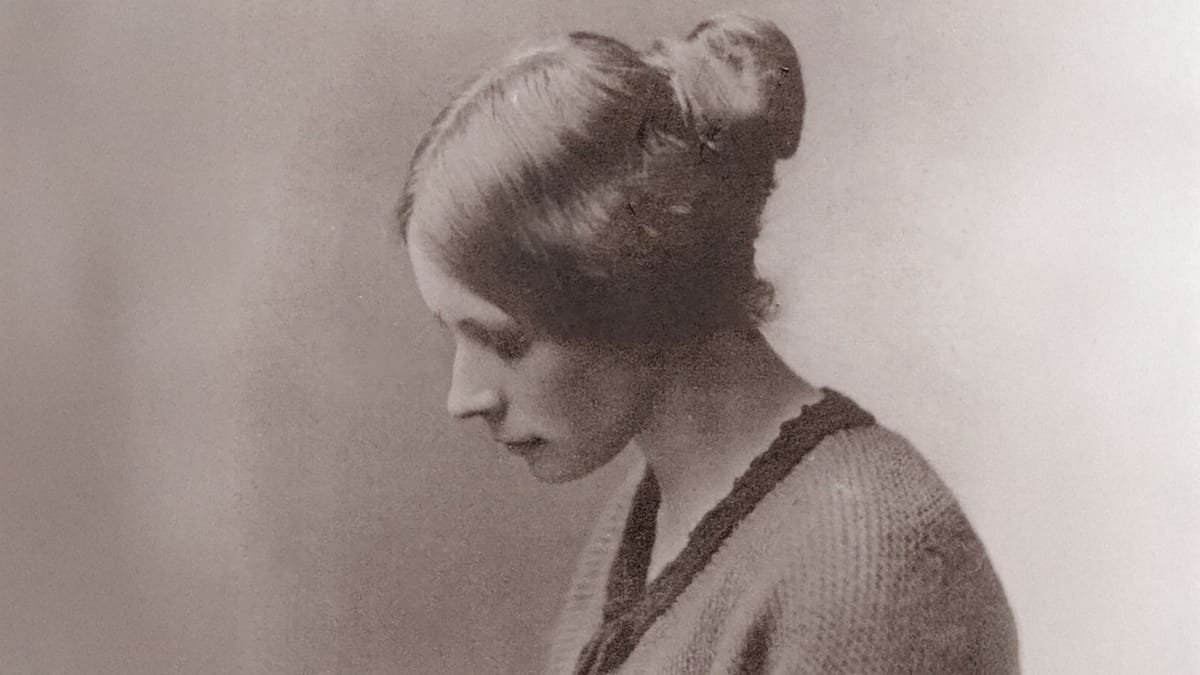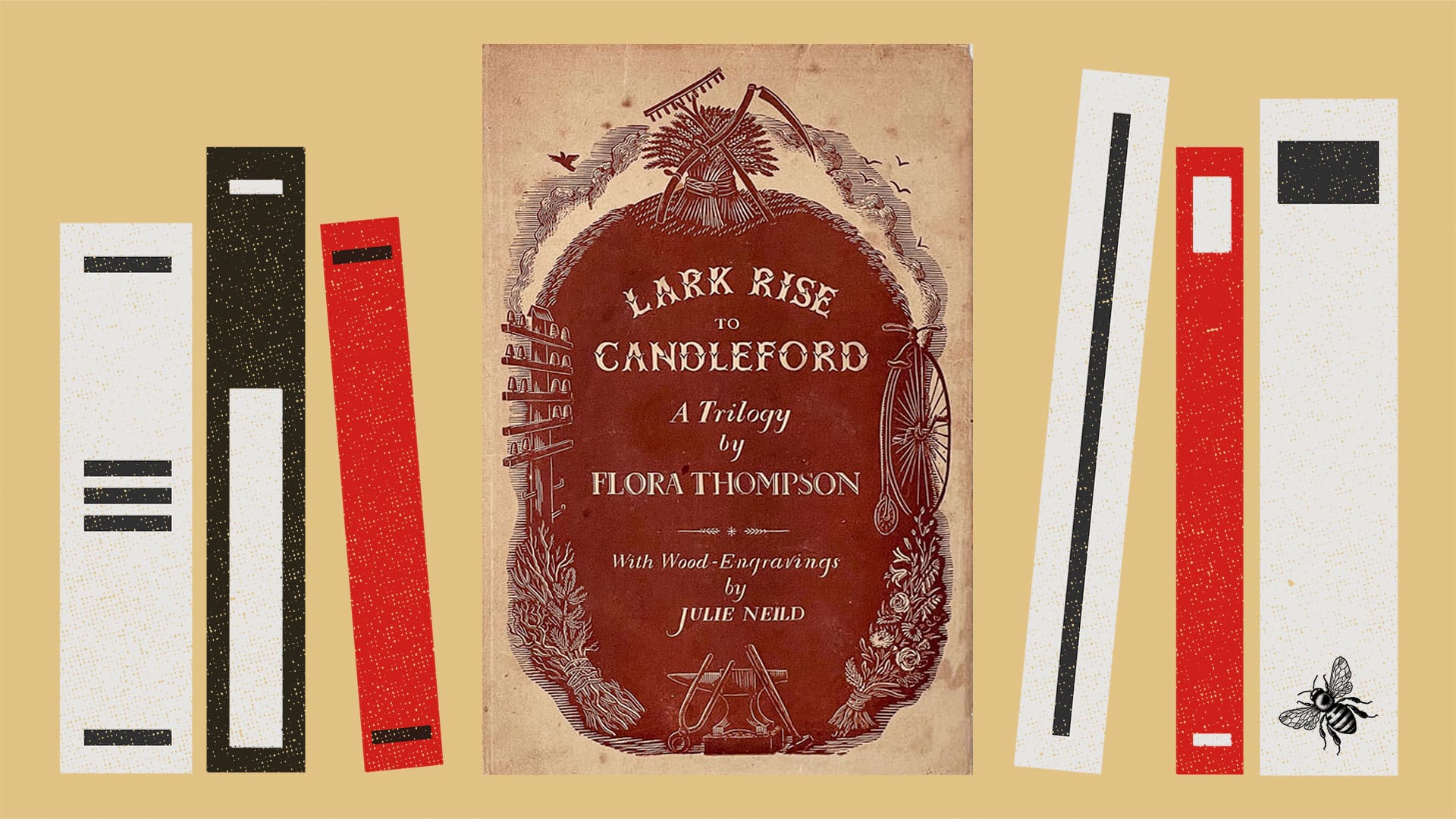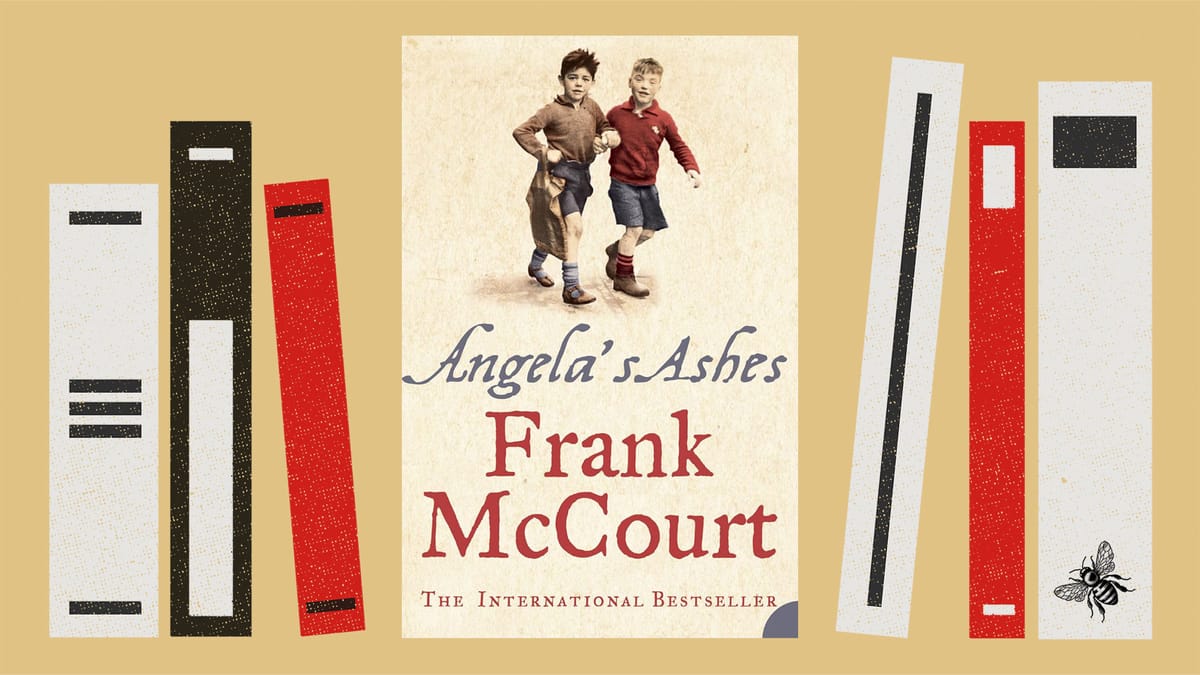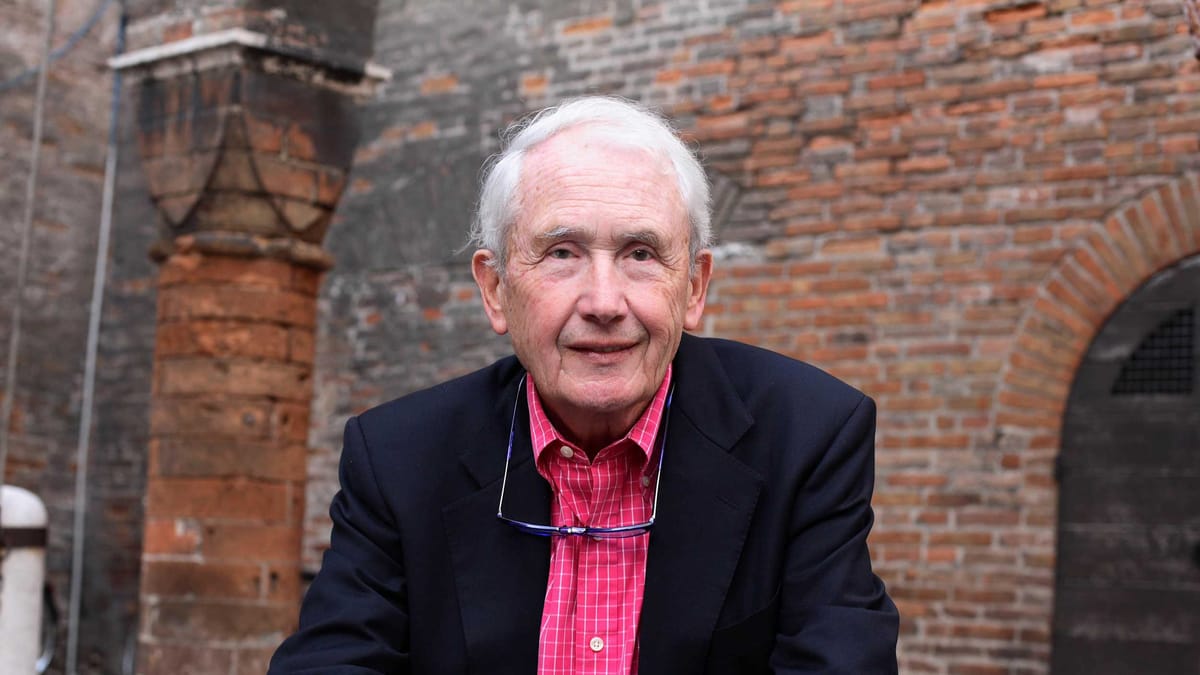For this episode, Richard and Claire are joined by novelist Sarah Hall to consider Flora Thompson’s memoir Lark Rise to Candleford.
These days, Lark Rise to Candleford is perhaps the best-known English rural memoir in print. Thanks in no small part to the BBC’s 2000s TV adaptation, and historic class-washing in its jackets and illustrations, it is commonly thought of as a rather cosily nostalgic book. In reality, however, it is strongly class-conscious and political. Why is Thompson’s trilogy not celebrated as a classic of working-class literature?
If you have any thoughts or comments on the show, please come and chat to us on our social media channels.
Books and Authors Mentioned
Elizabeth Gaskell – Cranford
Sarah Hall – Burntcoat, Haweswater, Helm, How to Paint a Dead Man, Madam Zero, Sudden Traveller, The Carhullan Army, The Electric Michelangelo, The Wolf Border
Barbara Hammond & JL Hammond – The Village Labourer
DH Lawrence – Lady Chatterley’s Lover
Charles Dickens – The Old Curiosity Shop
Flora Thompson – Bog-Myrtle and Peat, Lark Rise to Candleford
Other Links:
The Catholic Fireside
Laura’s reading in Lark Rise to Candleford
The Juniper Hill enclosures

All donations go towards supporting the Bee’s mission to nurture, publish promote and pay for the best new working-class writing.









Comments